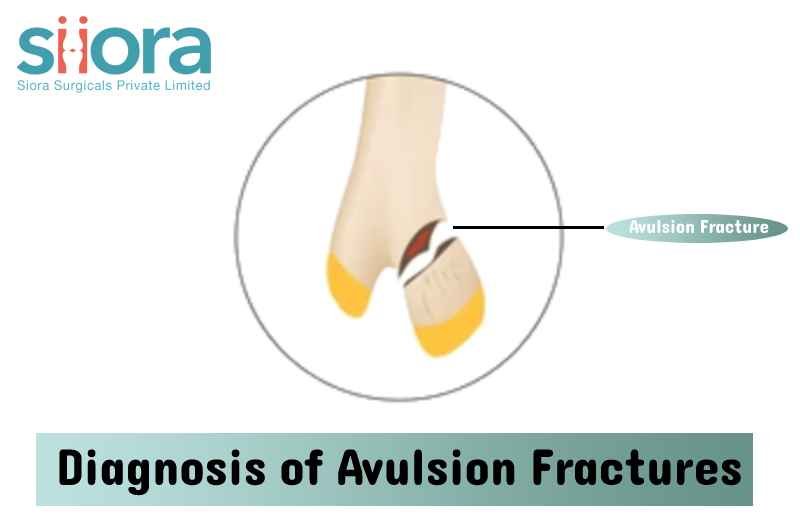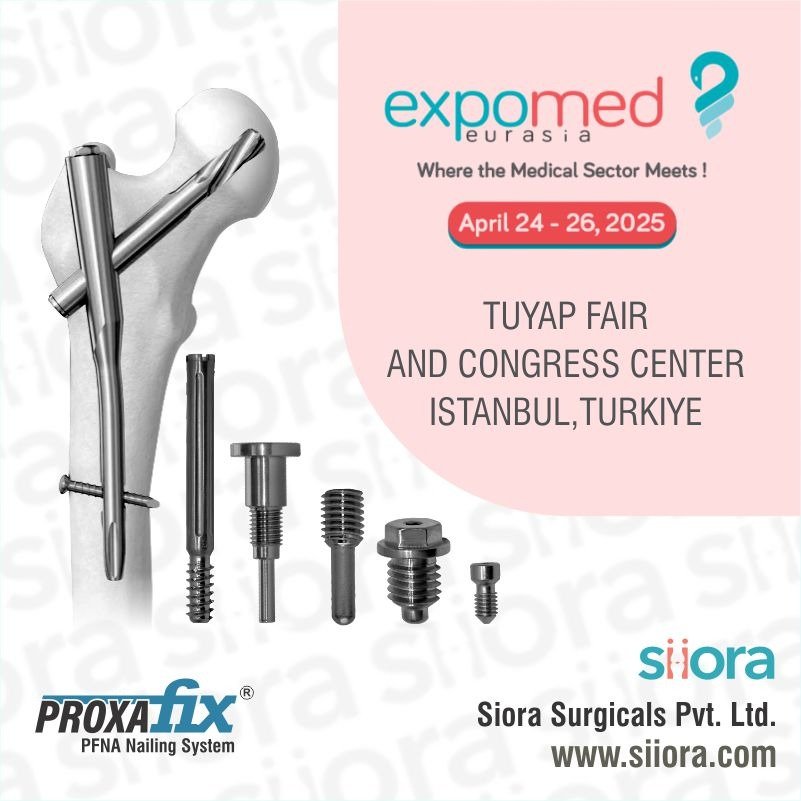Fractures are common orthopedic injuries and they affect almost everyone at least once in their lifetime. Fractures are of different types and their occurrences depend on the cause of the fracture. In this post, we will talk about Avulsion Fractures, one of the types of fractures that affect people. Let us start with a brief introduction to the fracture.
What Are Avulsion Fractures?
Avulsion fractures are a type of bone fracture that occurs when a small piece of bone breaks away from the main bone due to the forceful pulling or tearing of a tendon or ligament attached to the bone. This type of fracture is more commonly seen in children and adolescents due to the relative weakness of their bones and the increased participation in sports activities.
What Are the Causes of Avulsion Fractures
Avulsion fractures can occur in any part of the body, but they are most commonly seen in the ankle, knee, hip, and elbow joints. The most common causes of avulsion fractures include sudden and forceful muscle contractions or an injury that causes a sudden and violent twisting motion of the affected joint. Some of the most common causes of avulsion fractures include:
Sports injuries: Sports that require sudden and forceful movements, such as sprinting, jumping, and change of direction, can put a lot of stress on the bones and cause avulsion fractures. Sports such as football, basketball, and soccer are common culprits.
Traumatic injuries: Traumatic injuries, such as car accidents, falls, or other high-impact injuries, can also cause avulsion fractures. In these cases, the force of the impact causes the muscle or tendon to pull away from the bone, causing a small piece of bone to break away.
Overuse injuries: Overuse injuries occur when repetitive movements cause small stresses on the bone over time. These stresses can eventually cause a small piece of bone to break away, leading to an avulsion fracture.
What Are the Symptoms of Avulsion Fractures?
Symptoms of avulsion fractures may include pain, swelling, and bruising around the affected area. In some cases, the broken bone fragment may be visible or felt as a lump under the skin. Other common symptoms of avulsion fractures include:
Limited range of motion: Avulsion fractures can cause a limited range of motion in the affected joint. This can make it difficult to move the joint or perform certain activities.
Tenderness and sensitivity: The affected area may be tender to the touch, and it may be painful to put pressure on the area.
Weakness or instability: Avulsion fractures can cause weakness or instability in the affected joint. This can make it difficult to bear weight or perform certain activities.

What is the Diagnosis for Avulsion Fractures?
Diagnosis of avulsion fractures is typically includes a physical examination and imaging tests such as X-rays or MRI scans. During a physical examination, the doctor will check for tenderness and swelling around the affected area. They may also check the range of motion in the affected joint and perform other tests to check for weakness or instability.
Imaging tests such as X-rays or MRI scans can help to confirm the diagnosis of an avulsion fracture. X-rays can show the broken bone fragment, while MRI scans can provide more detailed images of the soft tissues surrounding the affected area.
What is the Treatment of Avulsion Fractures?
In some cases, surgery may be necessary to reattach the broken bone fragment or to remove any fragments that may be causing further damage. Surgery may also be necessary if the avulsion fracture is causing significant pain or interfering with daily activities.
If surgery is not necessary, the doctor may recommend the use of a cast or brace to limit movement of the affected area. The cast or brace will need to be worn for several weeks to allow for proper healing. During this time, it is important to avoid putting stress on the affected joint and to follow any other instructions provided by the doctor.
Physical therapy may also be recommended to help regain strength and mobility in the affected joint. The physical therapist will work with the patient to develop an exercise program that is tailored to their specific needs and abilities. The exercise program may include stretches, range of motion exercises, and strengthening exercises.
Overall, treatment for avulsion fractures typically involves a combination of rest, immobilization, and physical therapy. With proper treatment and care, most fractures of this type will heal within a few weeks to a few months. It is important to follow all instructions provided by the doctor and to avoid putting stress on the affected joint until it has fully healed.
How to Prevent Avulsion Fractures?
While avulsion fractures are often the result of sudden and forceful movements or traumatic injuries, there are steps that can be taken to help prevent them from occurring. Here are some ways to reduce fracture ridk:
Warm up and stretch
Before engaging in any physical activity, it is important to warm up and stretch properly. This can help to increase flexibility while reducing injury risk.
Gradual progression
When starting a new physical activity or exercise routine, it is important to gradually increase the intensity and duration over time. Sudden increases in activity can put a lot of stress on the bones and increase the risk of avulsion fractures.
Proper technique
To minimize the risk of injury, it is important to use proper technique while doing physical activity like exercise and training. One must seek the help of a trainer to learn proper techniques.
Protective equipment
Wearing appropriate protective equipment, such as helmets, pads, or braces, can help to minimize the risk of fractures during physical activity.
Adequate nutrition
Adequate nutrition, including a diet rich in calcium and vitamin D, can help to support strong and healthy bones.
Rest and recovery
Giving the body time to rest and recover after physical activity can help to prevent overuse injuries and reduce the risk of avulsion fractures.
By following these tips and taking proper precautions during physical activity, it is possible to reduce the risk of fractures and other types of injuries.
Siora Surgicals Pvt. Ltd. is a renowned orthopedic implant manufacturer in India with over 3 decades in the industry. Siora holds expertise in producing hundreds of different types of orthopedic implants and instruments. It uses medical-grade stainless steel and titanium to manufacture implants. The company serves around 130 national and international distributors and orthopedic surgeons from across the globe.








